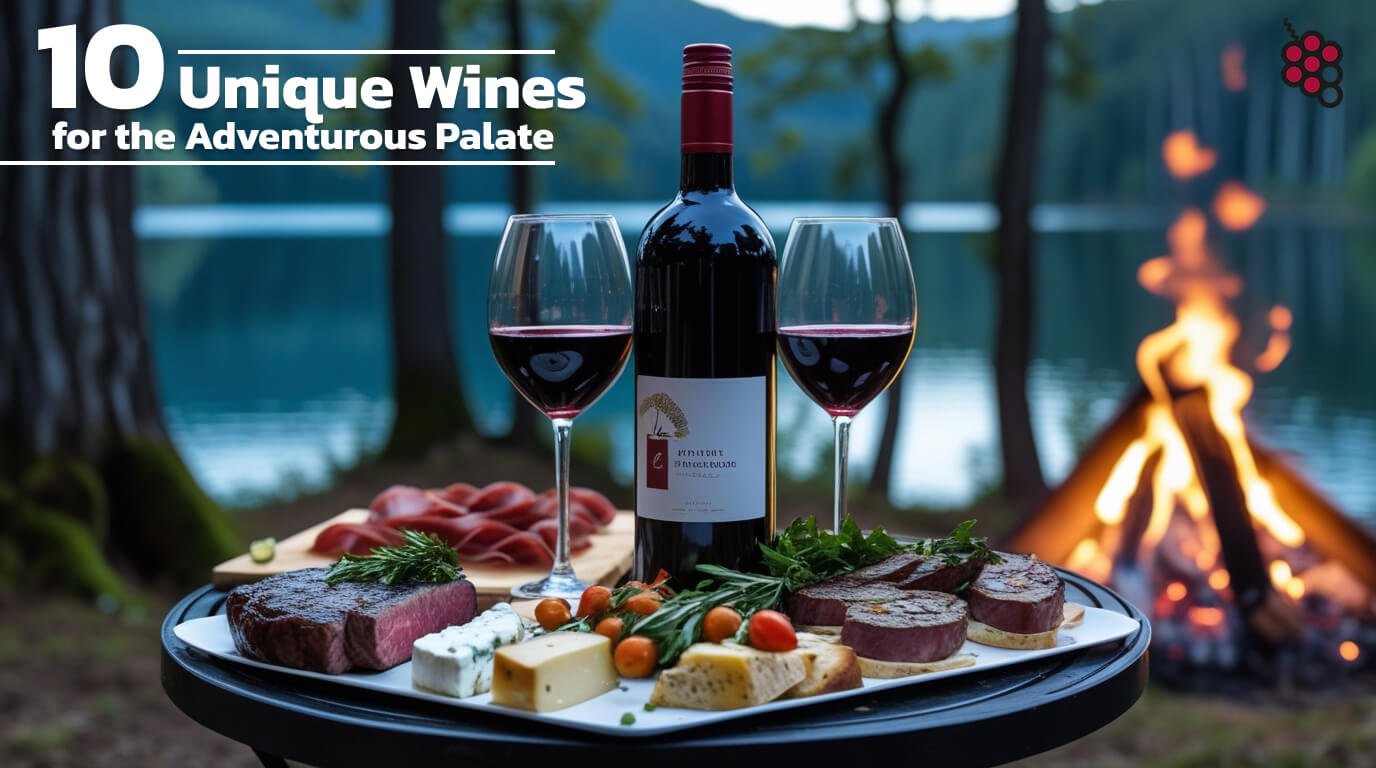
Have you grown tired of the usual Cabernet Sauvignon and Chardonnay wines? Or perhaps you’ve gone as deep into the regions of Burgundy, Bordeaux, California, and Tuscany as you can go, and you’re looking for something entirely new. The world of wine is vast, and there’s no point sticking to the beaten path. In this article, we’re going to explore some of the most unique wines that money can buy.
By “unique”, we don’t just mean wines with unusual flavours – though they will be included too. We’re going to take you on a tour of wines with character, wines produced using unconventional methods, and wines from far-flung regions, using delicious local grapes that wine nerds will love.
Why Look Beyond the Classics
There are a handful of classic wine regions that are rated above the others – think along the lines of Bordeaux, Champagne, and Napa Valley, which dominate the global market. Of course, these regions are loved for a reason. Each of these locations has a rich history, a scene that attracts talented winemakers (as well as winemaking families that have lived there for generations), and the perfect environment for making excellent wine.
However, wine drinking is a sensual, sometimes hedonistic experience, and we wouldn’t be enjoying all that life has to offer if we didn’t look past these superstar regions. It is also about community and tradition, and exploring unique wines can be a fantastic way to support tradition in lesser-known regions, or in a way, to travel without travelling.
After all, just across the Adriatic Sea, from regions like Veneto, Puglia, and Abruzzo, you have Croatia – it’s the birthplace of Zinfandel, but its wines are rarely discussed. Likewise, on the Black Sea, Moldova enjoys a similar climate to Bordeaux, but it rarely received recognition for its superb wines. We will discuss these locations, grapes, and much more, including specific bottle recommendations, in the following sections.
The Bucket List: 10 Unique Wines to Discover
Unknown Places
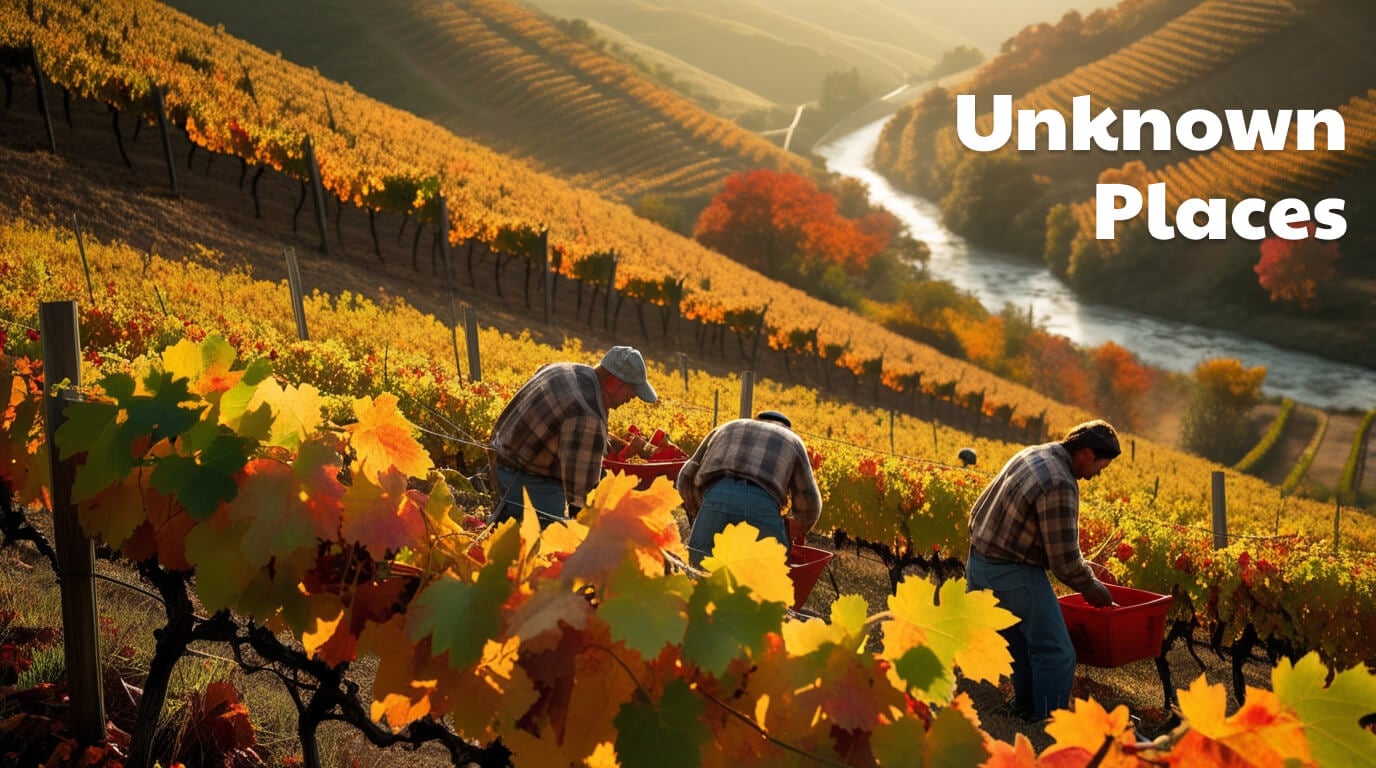
Let’s get started with some overlooked regions, like Kutjevo, in Croatia. This is the birthplace of Slavonian oak, a type of European oak that is used for ageing wine in cellars all around the world. It is also the birthplace of Krauthaker winery, which made this Welschriesling wine with an intriguing orange colour. Welschriesling (known locally as Grasevina) is already a mysterious and somewhat unusual grape – its exact origins are unknown, and it is not related to Riesling. The people at Krauthaker leave it in extended contact with the skin, providing a stunning colour and ripe flavours of apricots, baked fruits, and saline.
Austrian Riesling wines from regions like Wachau and Kamptal are world renowned. However, if you follow the Danube a bit further to the south, Slovakia also has some brilliant (and affordable) Rieslings for you to discover. Our recommendation is from Zlaty Roh, a young winery that makes this syrupy, unfiltered Riesling. Like many great Danube white wines, it has a slightly viscous mouthfeel, with hints of tannin, lemon zest, and honey, and good potential for ageing.
Finally, we would like to draw your attention to South America. Uruguay is another country that has been living in the shadow of its neighbours. Whereas Argentina has Malbec as its signature grape, Uruguay has Tannat, an obscure French red wine grape that has found its home in Montevideo. We recommend this bottle from Pisano – a wine that was originally reserved for consumption by the family. It is tannic and bold, with rich flavours of black and red fruits, and plenty of smoke, coffee, and cocoa.
Adventurous Methods
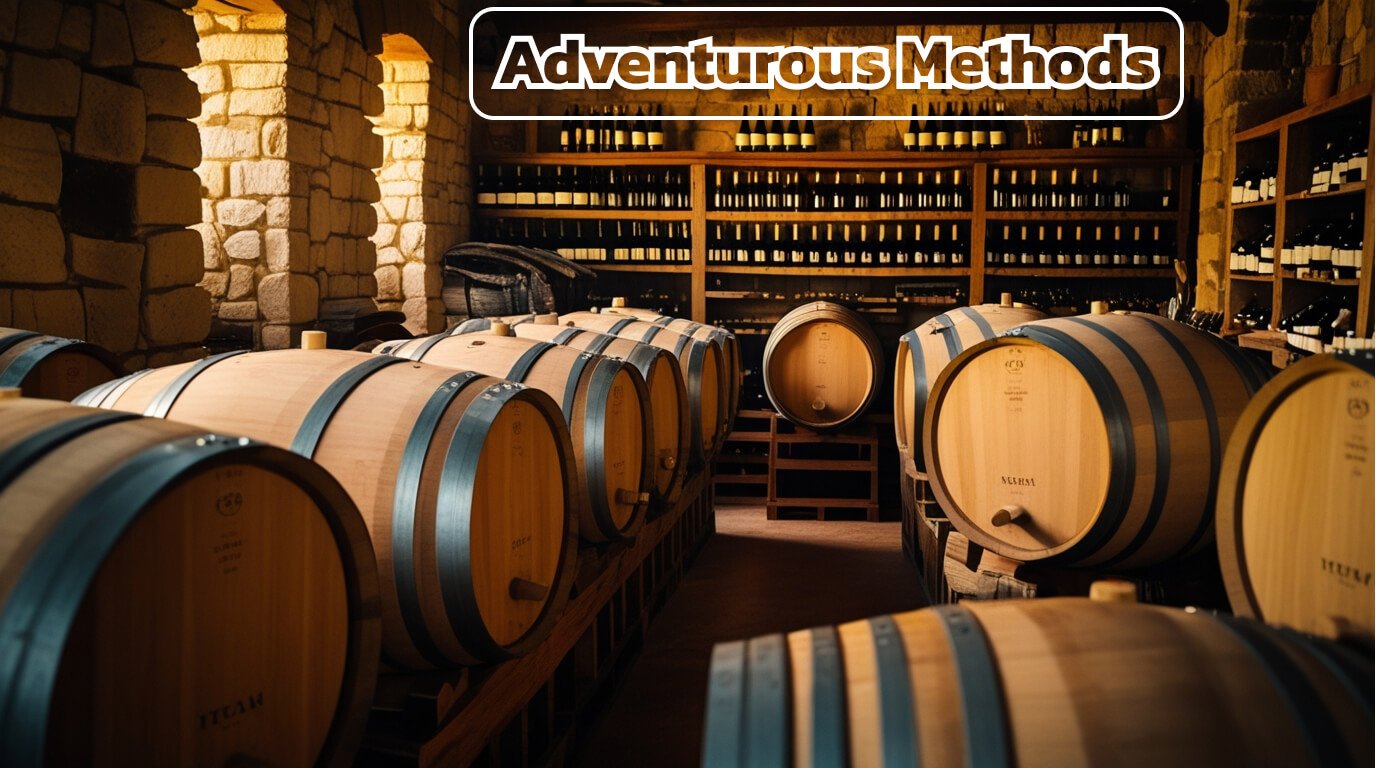
In this section, we’re looking at wines that were produced in highly unusual ways. Some of the techniques are ancient and traditional, but all of them involve pushing the grapes to their limits, to obtain something remarkable.
First, we will take a look at the Bordeaux region of France, zooming into the sub-region of Graves, and then Sauternes. While Bordeaux is most famous for its red wines, in Sauternes they grow Sémillon. This white grape is perfectly susceptible to a fungus known as botrytis, or “noble rot”, which winemakers use to their advantage. They essentially leave the grapes to overly ripen on the vine, allowing them to become infected by botrytis and dehydrate, which increases the sugar concentration. It takes very special and foggy conditions for botrytis to set in, which is why these sweet wines are only produced in a few locations around the world.
Our “noble rot” recommendation is from Chateau Coutet in Barsac, which is a commune within Sauternes. Their bottle is packed with unique notes of ginger, honey, and dried fruits, like apricot and fig. It’s wonderfully sweet, perfect for pairing with dessert, and has the potential to age for a long time too.
Our second adventurous method is also used to create a dessert wine, but it requires completely different circumstances. We’re talking about icewine – our recommendation comes from Canada, and Pillitteri Estates, who create a tremendous icewine from Riesling and Gewürztraminer.
This method also involves “dehydrating” the grape, but this time it comes from the action of freezing. That’s why this method can only be carried out in snowy, mountainous regions of Canada, China, and Central Europe. In a similar concept to “noble rot”, these grapes are quickly pressed while frozen, allowing a small amount of highly concentrated, sugary juice to come out, while the water remains frozen inside the grape. The result is a smooth, viscous wine, with notes of honey and dried tropical fruits.
Our final method isn’t so much adventurous as it is traditional. Georgia is regarded as the birthplace of winemaking, and to this day, winemakers use the ancient method of “qvevri” to make some delicious wines. This involves putting grapes inside clay amphorae (the qvevri) and burying them under the earth to ferment, often while leaving the juice in contact with the skins. The result is a rustic, tannic, and often orange-coloured wine, packed with flavours of tea and dried fruit – though this depends on the grape used.
Our recommendation puts another twist on the concept of qvevri. The “3 Qvevri Terraces” Rkatsiteli from Papari Valley winery is fermented using the force of gravity. The wine passes through three layered terraces, using clay qvevri – the first is for fermentation, the second is for ageing, and the third is for premium wines that are aged even more. This Rkatsiteli (a native Georgian grape) spent 11 months passing through the terraces. It is packed with tannic spices and nuts, with notes of citrus and orchard fruits, and hints of honey.
Unique Grapes
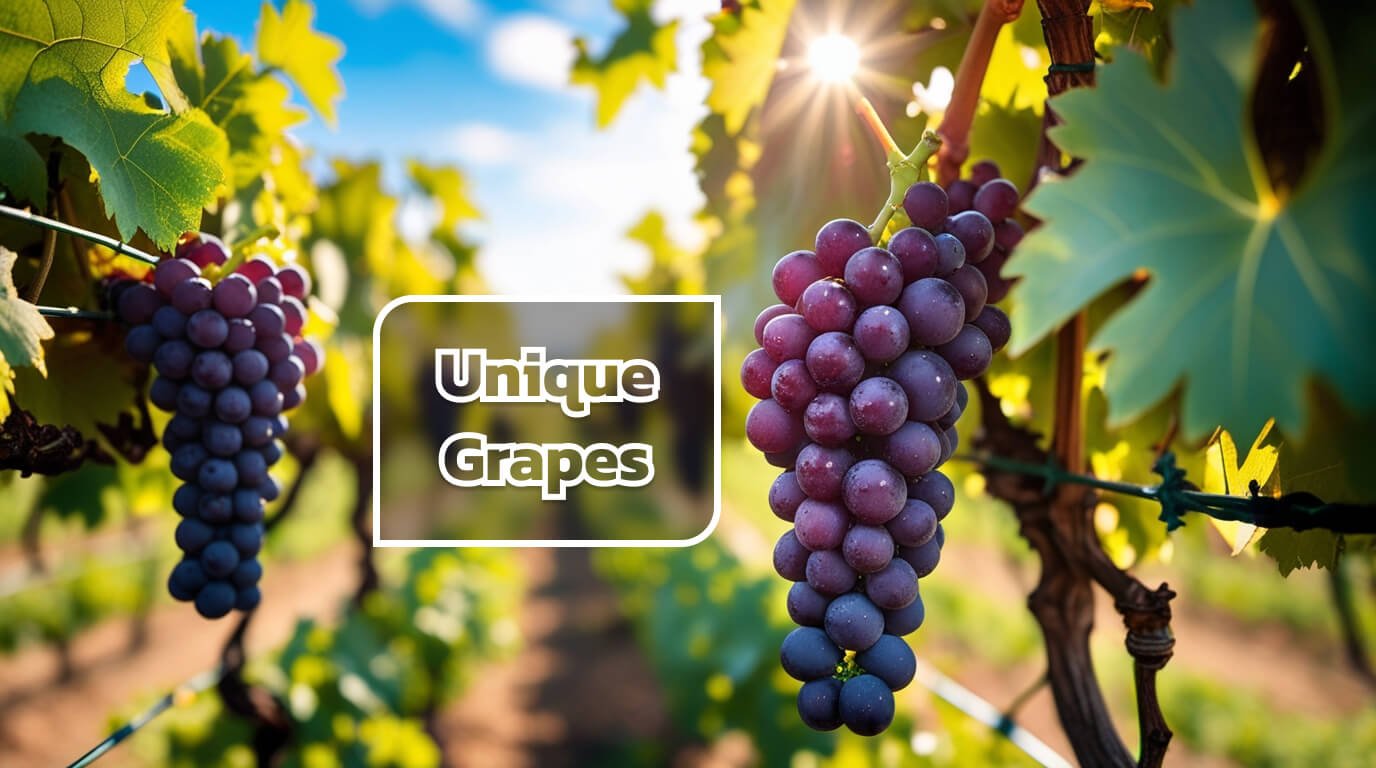
For people who are sick and tired of drinking Cabernet Sauvignon, Merlot, Chardonnay, or Sauvignon Blanc, we have some virtually unknown grapes to recommend, from different corners of Europe.
Our first is Rara Neagra, a Moldovan red grape that serves as an excellent alternative to Cabernet Sauvignon. On top of that, the places where Rara Neagra thrives, where Moldova, Ukraine, and Romania touch the Black Sea, have a remarkably similar soil quality to Bordeaux. Chateau Purcari is the most famous exponent of the grape, and their Academia range is the perfect place to start exploring it. Rara Neagra is famed for its sour cherry note, and for producing age-worthy yet highly drinkable red wines.
Number two is another red wine grape, Prokupac. This fruit is native to Serbia, and has become so well-suited to the Balkan terroir that it isn’t really grown elsewhere in the world. However, it has grown in popularity among critics in recent years, and is famed for its spicy undertones, which balance out its freshness and strong dark fruit flavours. To get a taste of this grape, which is rarely seen on supermarket shelves, we recommend this cuvee by the Aleksandrovic family. It was harvested from low-yield Prokupac vineyards, and is notable for its subtle spice and warm hints of orange zest, alongside the classic dark forest fruit flavours.
Godello is a white wine grape, native to Galicia, the northwestern part of Spain that sits above Portugal. It is fascinating because it very nearly went extinct. Its stocks were depleted during the phylloxera outbreak in the 1800s, and it almost died off in the 1970s as it fell further from favour. However, a few winemakers saved Godello from extinction, and its notably peachy flavour profile can still be enjoyed today. We recommend this version from Rafael Palacios. It’s a smooth wine, with a slightly creamy texture from ageing on the lees.
Our final grape is a native of Greece, the famous Assyrtiko, from the volcanic island of Santorini. It is a unique grape for a number of reasons: it is resistant to phylloxera, and thus has some of the oldest root stocks in the world; it is perfectly suited to the strange volcanic soils of Santorini; and it is often grown in basket-like vine formations, to protect the vines from strong sea winds. To really get a feel for this grape, we recommend the single vineyard Assyrtiko from Artemis Karamolegos. It’s a stunningly pure expression of the grape, capturing the taste of the salty Aegean Sea, alongside citrus zest and dried herbs.
Expand Your Palate, One Bottle at a Time
There you have them: 10 bottles of wine, each one unique and adventurous in its own way. It can be challenging to step outside of the box when it comes to wine, particularly when supermarket shelves are full of the same few varieties. Be sure to take a look at our full selection on 8Wines – we have even more than is listed here, including wines from Israel, Serbia, the Czech Republic, and more grape varieties than can be listed. Wine is always a form of exploration, and you never know, your next favourite wine could be from a grape or a place that you’ve never even heard of before.







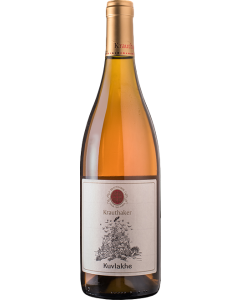
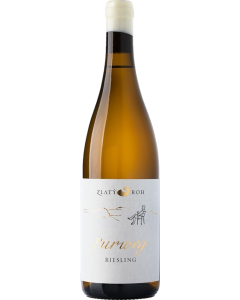

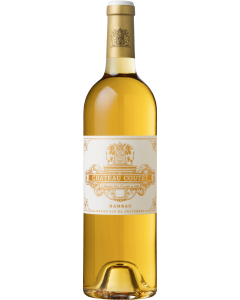


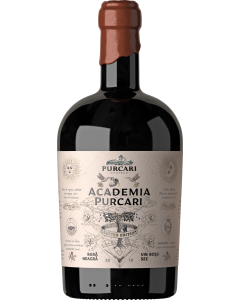

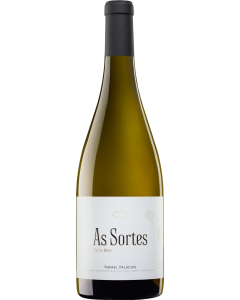
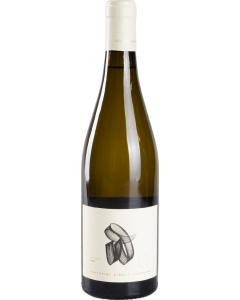



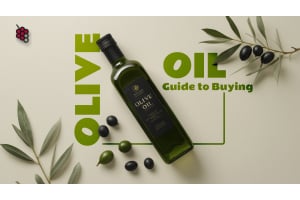

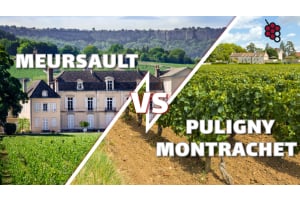
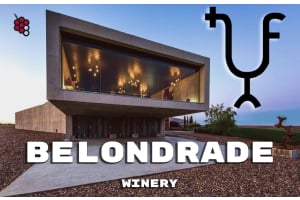

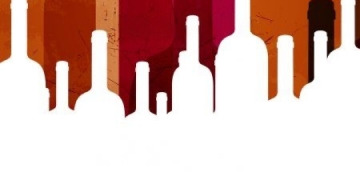
Depuis la France, j’ai pu faire un cadeau à un ami en Bulgarie. Le colis est arrivé comme prévu, les bouteilles étaie bien emballé. Je recommande ce site pour son sérieux et son service.